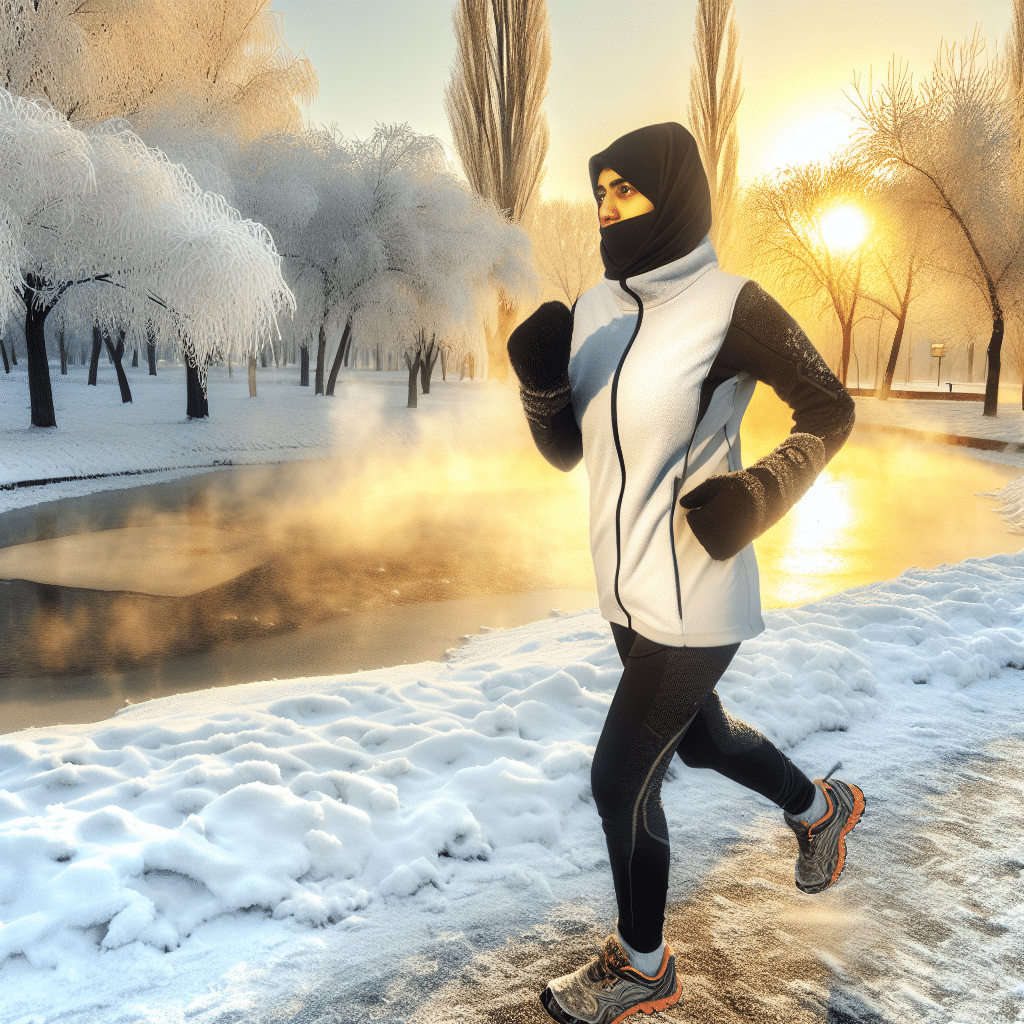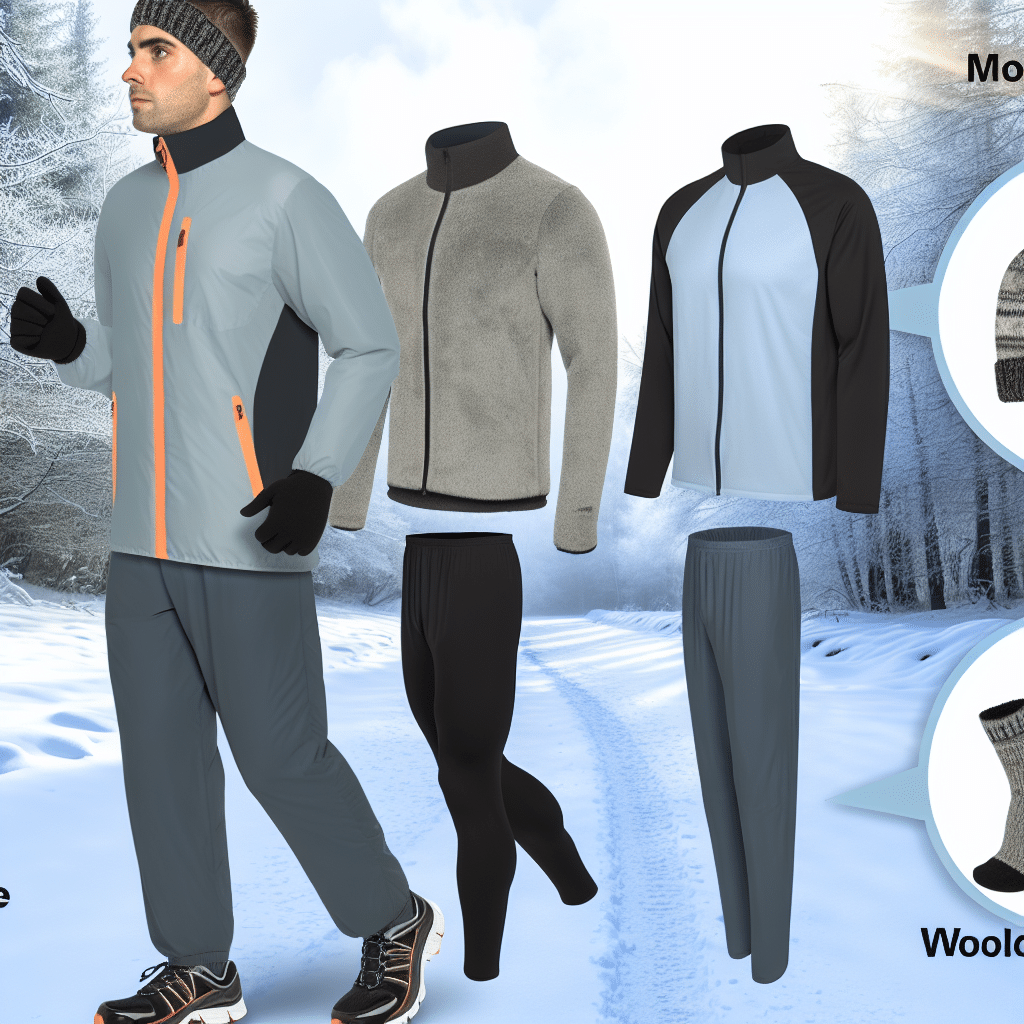Running in winter can seem daunting—icy sidewalks, shorter days, and plummeting temperatures might make the warm embrace of your blanket seem like the better option. Yet, with the right preparation and mindset, winter running can be both invigorating and deeply rewarding. In this guide, we’ll explore how to conquer the cold and make the most of your winter runs.
Why Run in Winter?
Boost Your Mood and Mental Health
Winter months are notorious for bringing about seasonal affective disorder (SAD), a form of depression that typically occurs as the seasons change. Running in winter keeps you active, increases endorphin levels, and exposes you to natural light, all of which can combat the winter blues.
Stay Fit All Year Long
Skipping your workouts during the colder months can set back your fitness goals significantly. Running in winter helps you maintain your fitness levels, ensuring you’re in tip-top shape by the time spring rolls around.
What to Wear: Layering Essentials
Mastering the art of layering is crucial for running in winter. The key is to balance warmth without overheating.
Base Layer
Start with a moisture-wicking base layer to keep sweat off your skin. Avoid cotton, as it retains moisture and can make you feel colder. Opt for materials like Merino wool or synthetic fabrics designed for athletic performance.
Middle Layer
This layer provides insulation. Fleece or wool are excellent choices for retaining heat close to your body. Depending on the temperature, you might skip this layer on less chilly days.
Outer Layer
Your outer layer should be windproof and water-resistant but still breathable. Look for jackets with ventilation features to avoid overheating.
Footwear: Grip and Warmth
Insulated Running Shoes
Invest in running shoes designed for winter conditions. These typically offer more insulation and sometimes even water resistance. Brands like Salomon and Saucony offer specialized winter running shoes.
Traction Devices
Slipping on icy surfaces can lead to injuries. Yaktrax or similar traction devices can be attached to your running shoes to provide extra grip on snow and ice.
Preparing for the Elements
Warm-Up Indoors
Before hitting the frosty air, do a 10-minute indoor warm-up. This elevates your heart rate and warms your muscles, making the cold less shocking when you step outside.
Hydration and Nutrition
Cold weather can diminish your thirst signals, but staying hydrated is just as important as it is in the summer. Drink water before and after your run, and consider carrying an insulated water bottle. Energy gels or bars can provide a much-needed boost for longer runs.
Protect Your Extremities
Your fingers, toes, and ears are particularly vulnerable to cold. Wear thermal gloves, thick moisture-wicking socks, and a hat or headband that covers your ears. On extremely cold days, consider a neck gaiter or balaclava.
How to Adapt Your Running Routine
Choose Your Routes Wisely
Stick to well-lit and trafficked areas. This is crucial for safety reasons, especially in lower-visibility conditions. Avoid paths that are not regularly cleared of snow and ice.
Time Your Runs
During winter, daylight is scarce. If possible, run during daylight hours to take advantage of the natural light and slightly warmer temperatures. If you must run in the dark, wear reflective gear and consider a headlamp for visibility.
Adjust Your Pace
Winter running can be slower due to icy conditions and the extra effort required to move through snow. Listen to your body and adjust your pace accordingly. This isn’t the season for setting personal records; safety and consistency are more important.
Maintaining Motivation: How to Keep Going
Set Achievable Goals
Establishing small, manageable goals can help keep you driven. Whether it’s running a certain number of miles each week or participating in a virtual winter race, having a target can provide the extra push you need.
Join a Running Group
Running with a group offers both safety and motivation. Many communities have winter running clubs that can provide a sense of camaraderie and accountability.
Use Technology
Running apps like Strava or Runkeeper can track your progress and offer virtual competitions and challenges. Seeing your achievements and comparing them with others can be highly motivating.
Jogging to the Finish Line
Running in winter is not just a physical exercise; it’s a mental challenge that builds resilience and fortitude. By dressing appropriately, preparing adequately, and maintaining a positive mindset, you can conquer the cold and make winter running an essential part of your fitness routine. So lace up those shoes, step into the frosty air, and enjoy the unique, serene beauty that winter running offers. Your body—and mind—will thank you.




